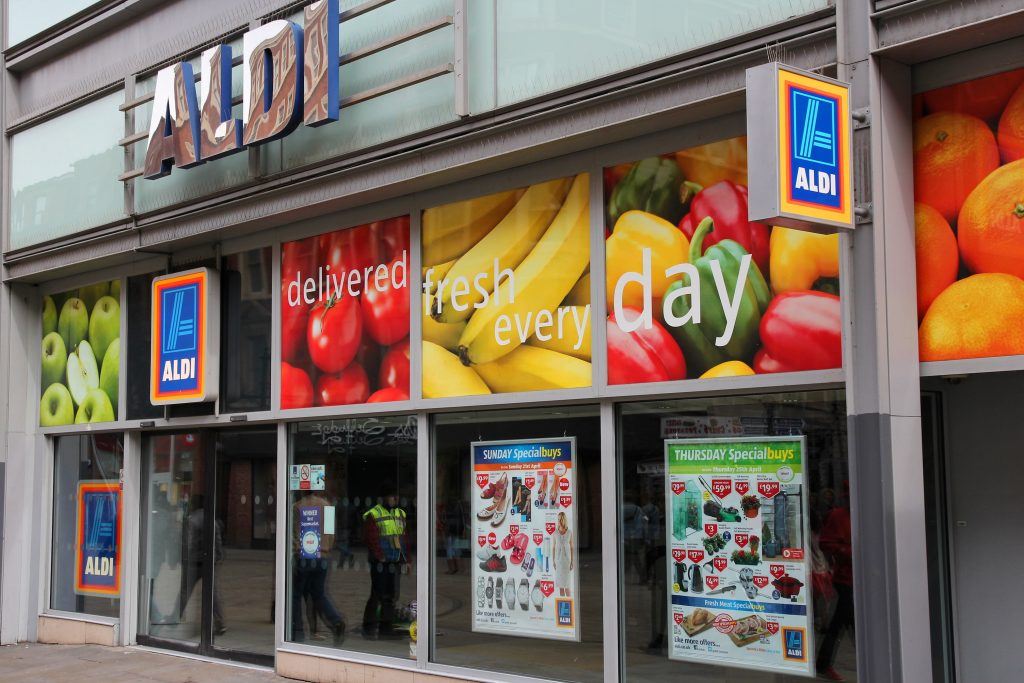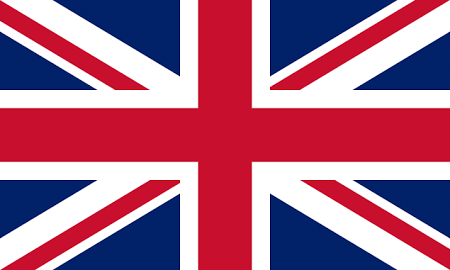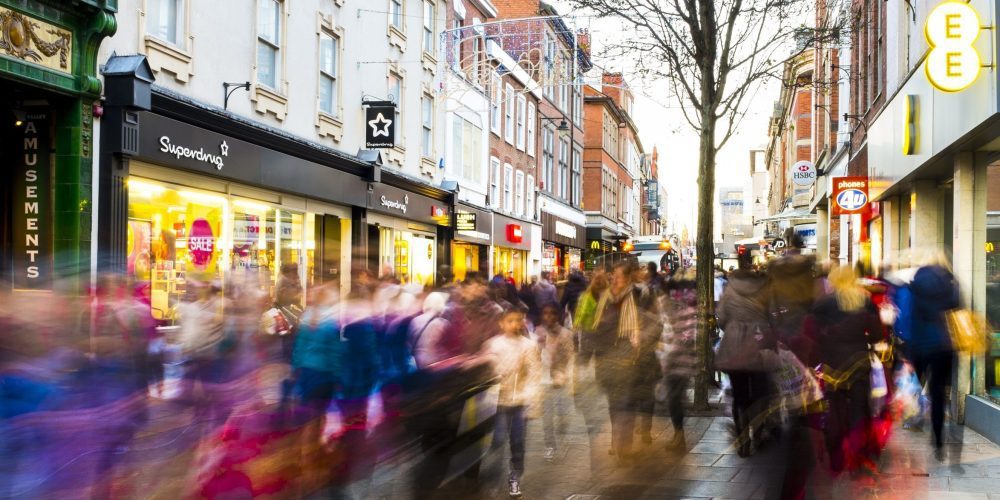For decades, Britain’s high streets have been regarded as the heartbeat of our towns and cities – places where commerce, community, and culture collide.
And while it’s true that the high street has faced unprecedented challenges – rising rents, changing shopping habits, and the surge of ecommerce – it’s far from dead.
In fact, over the past 25 years, several types of high street businesses have not just survived, but thrived.
From discount retail to boutique experiences, the British high street has evolved.
At Hopewiser, we’re fascinated by how location data reflects changing consumer behaviour.
So we’ve taken a closer look at which business sectors have grown and reinvented the high street over the past quarter century.
1. Budget Supermarkets: Lidl and Aldi Lead the Way

Once considered the underdogs of UK grocery retail, Aldi and Lidl have transformed the high street grocery landscape. Since entering the UK market in the 19902, these German giants have seen meteoric growth.
- As of 2024, Aldi holds a 10.2% and Lidl 7.7% share of the UK grocery market.
- Aldi alone has opened over 1,000 stores, with plans to expand to 1,500 by 2030.
- Their low-cost, high-quality model has struck a chord, particularly during periods of economic uncertainty and rising living costs.
Their strategi of location stores in town centres and high streets – rather than out-of-town retail parks – has made them a key part of the modern high street revival.
2. Coffee Culture: From Cups to Community

Britain’s love affair with coffee has gone from trend to tradition. The cafe sector has exploded in the last 25 year:
- In 1998, there were just around 600 branded coffee shops in the UK. Today, that figure exceeds 9,800.
- The total UK coffee shop market is worth over £15 billion as of 2024, including independents.
High streets have embraced this trend with open arms, offering everything from global chains like Costa and Starbucks to artisan roasteries and quirky independents.
Coffee shops have replaced the pub as the go-to social space in many towns.
3. Gyms and Fitness Studios: Health is Wealth

Fitness has become a lifestyle, and high streets are flexing to accommodate it. The past two decades have seen a fitness boom, especially from low-cost , 24-hour gyms.
- PureGym opened in 2009 and now has over 420 locations, many of them on or near high streets.
- The Gym Group follows closely, with 230+ sites.
- Boutique fitness studios (thing F45, Barry’s and independent yoga/Pilates centres) have also added diversity.
Affordable memberships and a renewed public focus on health post-COVID have fuelled this sector’s growth.
4. Cinemas Reimagined: A Premium Experience

After a slump in the 1980s and 1990s, cinemas have seen a renaissance, particularly those offering a luxury or boutique experience.
Everyman Cinemas, for instance, has grown to over 40 venues since launching its modern model in 2000, often situated in regenerated town centres. Audiences are drawn to sofa seating, cocktails, and curated films – experiences you can’t stream at home.
Other chains like Curzon and Picturehouse have also brought cultural value back to the high street with special screenings, events, and locally focused programming.
5. Experiential Leisure: Escape Rooms, Axe Throwing, & VR
The rise of the “experience economy” has transformed what we expect from our high streets. Experiences – rather than products – now drive footfall.
- Escape rooms have grown from just a handful in 2013 to over 1,500 locations across the UK by 2024.
- High street units are being reimagined as venues from crazy golf, VR arcades, board game cafes, and axe throwing.
- This sector appeals to groups looking for fund, screen-free activities – and they’re proving popular for corporate events, birthdays, and tourists alike.
A perfect example: Code to Exit in Altrincham, which offers immersive, themed escape experiences right in the town centre. Here are some of Hopewiser’s graduates at Code to Exit in Altrincham.

6. Nail Salons, Barbershops & Beauty Clinics: The Rise of Self-Care
The high street has seen a beauty boom. Affordable personal care services are in high demand:
- The UK nail salon industry is worth an estimated £2 billion as of 2024.
- High streets are dotted with barbershops, brow bars, tattoo parlours, and skin clinics
Low start-up costs and recurring footfall make these ideal for town centres. In many places, they have replaced empty retail units once held by traditional chain stores.
Why These Businesses Thrive on the High Street
Several key factors unite the businesses above:
- In-person experience: These services or products are difficult – or impossible – to replicate online.
- Affordability: Budget pricing models appeal to increasingly cost-conscious consumers.
- Convenience: Proximity matter; people still want to talk to a gym, grab a coffee, or pick up groceries.
- Community: Many new businesses foster social connection and local identity, which high streets uniquely support.
Conclusion: The High Street Isn’t Dead – It’s Just Different
While many traditional retailers have vanished from the high street, new types of businesses are thriving. These shifts reflect wider changes in how we live, work, and spend.
The high street of 2025 may look nothing like it did in 1995, but it’s still very much alive.
If you’ve noticed other high street success stories – or want to share your own business journey – get in touch with the Hopewiser team. We love using data to uncover location insights and help businesses grow.

, updated 17th September 2025.
Topic: Business






